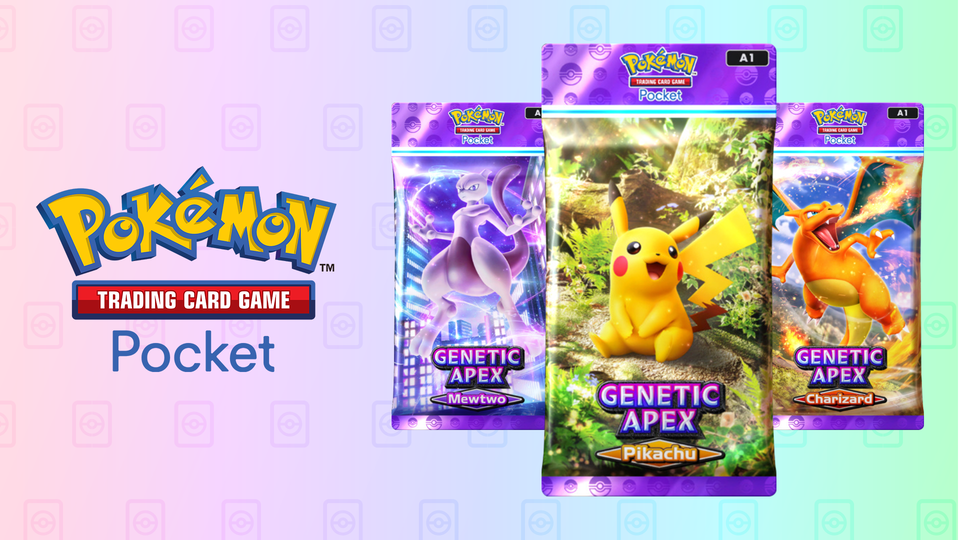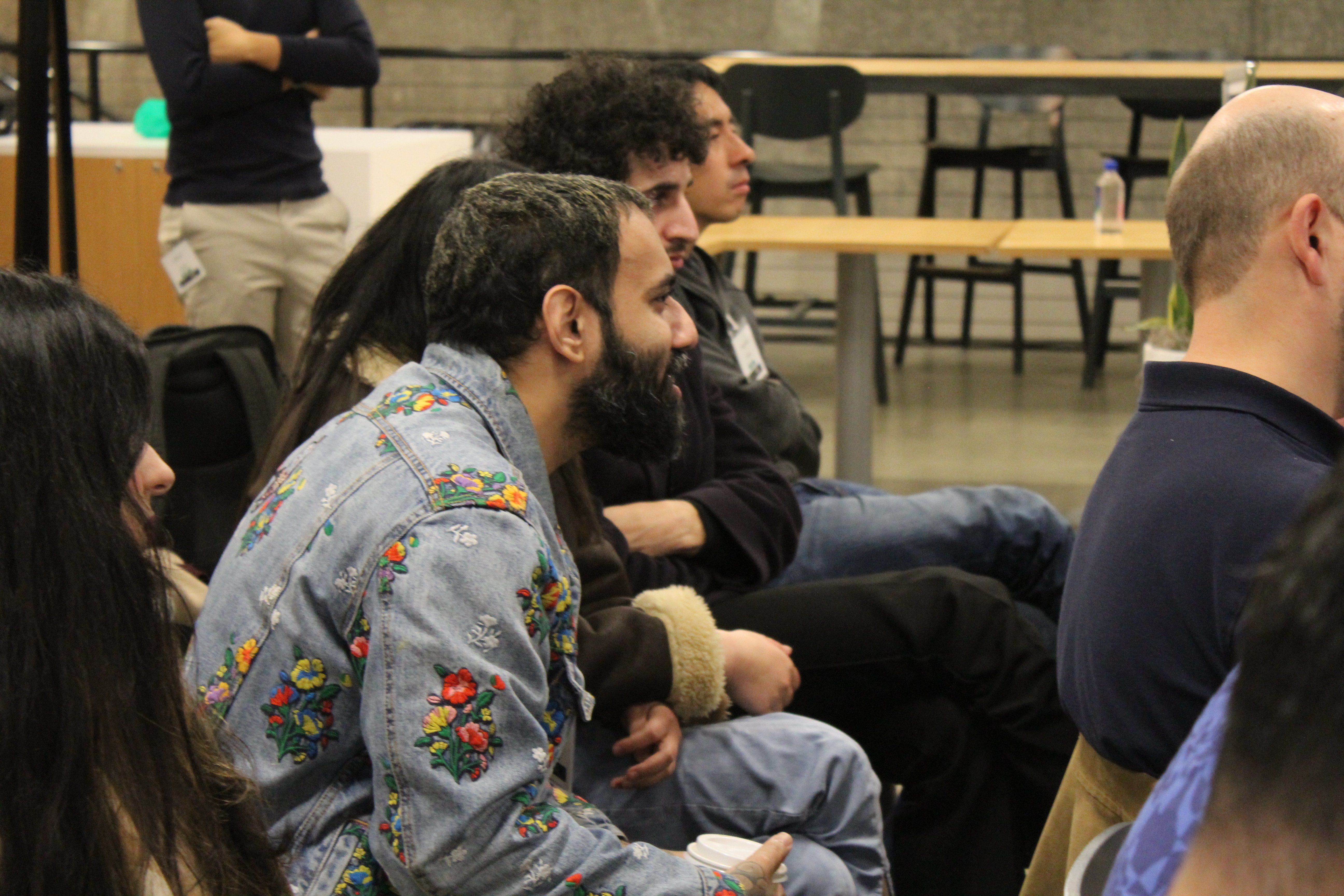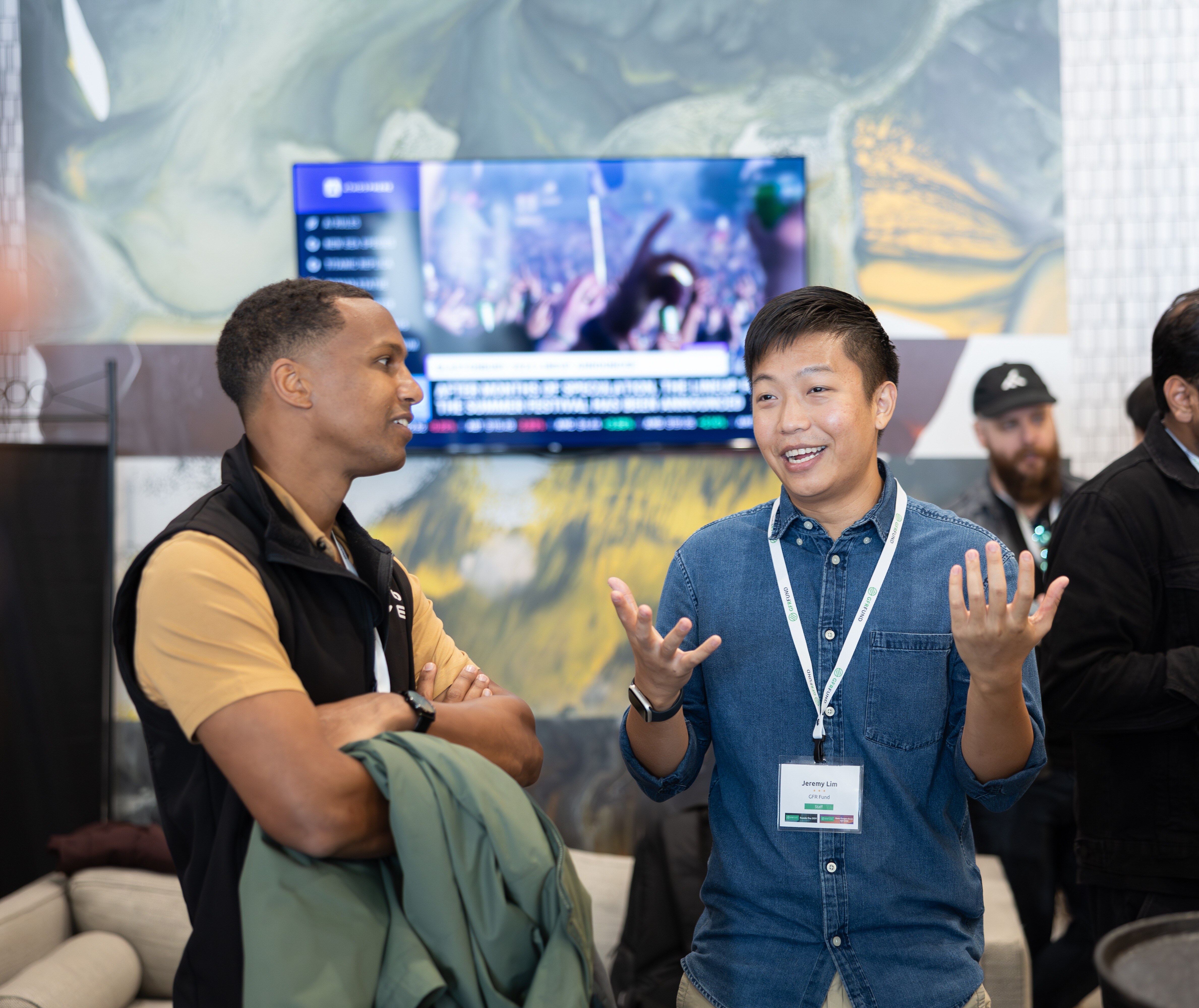Why should game designers care about Pokémon TCG Pocket?
Because it’s more than just a successful mobile spin-off—it’s a case study in how legacy IP, thoughtful UX, and evolving entertainment habits come together to define the next wave of global mobile games.
In a market flooded with gacha clones and nostalgic reboots, Pocket has carved out a unique identity by focusing on emotional triggers—pack opening, collection pride, and strategic simplicity—while sidestepping the typical monetization pitfalls that turn off Western audiences. It’s not just a strong performer; it’s a reflection of where collectible-based entertainment is going.
For those in game design, publishing, or live-service strategy, understanding why this game works isn’t just about studying a trend—it’s about learning how entertainment evolves. Being able to recognize historical patterns, dissect design choices, and infer what comes next is a lifetime skill for anyone in this industry. Pokémon TCG Pocket offers a sharp, timely case for exactly that.
A legacy refreshed
The Pokémon Trading Card Game has been a global staple since 1996, with a legacy that stretches from schoolyard battles to world championship stages. Over the years, it’s maintained cultural relevance thanks to continuous card expansions, local leagues, YouTube content, and nostalgia-fueled collectors’ markets. Pokémon TCG Pocket succeeds not just by translating this experience to mobile, but by reimagining it.
Rather than trying to replicate the full physical TCG one-to-one, Pocket isolates and enhances the most emotionally resonant parts of the experience: opening packs, admiring rare cards, sharing with friends, and dabbling in battles. It trims the complexity without losing the heart. That design clarity is key to its broad appeal.
Core loop chemistry: addictive by design
Pack opening
Booster packs unlock every 12 hours, with beautifully animated sequences that mimic the physical act of opening real cards. Adding a Premium Pass unlocks a third daily pack, but even free users get consistent access. Unlike many gacha games, this system feels fair and well-paced. What keeps the loop fresh is the frequent release of new sets—almost monthly—which ensures that collectors never feel “done.” There’s always something new to chase, pulling users back in day after day.
Capture of the pack opening screen
Collection mode
The inventory UI is designed for joy. Players can organize their cards into albums, decorate them with stylish frames, and pursue complete sets. It’s not just functional—it’s expressive, tapping into the “show and tell” spirit that defines collectible culture. The experience is closer to digital scrapbooking than raw min-maxing.
 Capture of a collection screen (left) and capture of a collection binder(right)
Capture of a collection screen (left) and capture of a collection binder(right)
Social with friends
The friend system keeps things clean and focused. Players can view basic stats, album setups, and earned emblems—enough to foster friendly comparison without turning the experience competitive or noisy.
But Pocket goes a step further: players can trade cards, replicating one of the most beloved aspects of the physical TCG. Even more innovative is the Wonder Pick feature, which allows users to earn a random card from a friend’s recently opened packs. It’s a clever mechanic that extends social value beyond chat—sharing pulls, builds, and collections become gameplay in themselves.
 Capture of the user profile (left) and capture of the community showcase (right)
Capture of the user profile (left) and capture of the community showcase (right)
Capture of Wonder Pick
Gameplay mode
Though positioned as a secondary feature, Battle Mode adds meaningful depth. It introduces original rules separate from the physical card game, yet captures its core principles—prizes, energy, trainer cards, and type matchups. The gameplay is simple but deeply strategic, allowing players to make impactful decisions without overwhelming complexity. A Season Ranked Mode gives competitive users something to climb for, while others can engage through mission-based progression to unlock exclusive cards. This layered approach makes battles approachable for casual players, yet rewarding for those who want to play seriously.
Capture of the battle mode

Capture of the ladder system
Why it works globally
It’s easy to point to “Pokémon” and call it a guaranteed success, but plenty of major IPs have stumbled on mobile. What makes Pokémon TCG Pocket special is how it aligns with global consumer trends while overcoming the friction points that usually hold collectible games back.
- Pokémon’s worldwide popularity
The Pokémon franchise is at a global high. Between the ongoing anime, hit games like Scarlet & Violet, and the continued buzz around the physical TCG, there has been an unprecedented level of interest. Pocket launched into a landscape where Pokémon nostalgia and engagement are stronger than ever. - The rise of collecting culture
Around the world, people are collecting again—whether it’s vinyl, sneakers, Funko Pops, or trading cards. The physical Pokémon TCG has seen huge growth in secondary markets, and Pocket brings that excitement to a digital space. Players can chase, showcase, and talk about their favorite cards without needing a physical binder or budget. - Reframing gacha for the West
Western markets are often skeptical of gacha mechanics, but Pocket sidesteps those concerns. With generous free pack timers, non-intrusive monetization, and no energy limits or hard progression blocks, it creates the feeling of collecting without the pressure of paywalls. That design makes it appealing to users who usually avoid gacha-heavy games. - Global simultaneous launch
Launching worldwide on day one is harder than it looks, especially for a title involving multiple languages, currencies, and backend systems. But the reward is community: players from the U.S., Japan, Europe, and beyond can share pulls, trade cards, and talk meta from the same starting point. That shared timeline fuels organic virality, especially on social media.
Final thoughts
Pokémon TCG Pocket is more than a mobile game—it’s a masterclass in how to modernize a legacy franchise. By isolating what makes collecting fun and delivering it with clean, global-first design, it manages to hook casual fans, longtime collectors, and mobile gamers alike. It doesn’t just ride on the Pokémon name—it earns its success by respecting its audience, removing friction, and delivering emotional highs in 10-second bursts.
It’s a reminder that great game design isn’t always about complexity—it’s about clarity, timing, and knowing what your players actually care about.
If you're an investor or LP looking for partnership opportunities, reach out to us at hello@gfrfund.com. For startups, please pitch to us by filling out this form. We'd love to hear from you!





